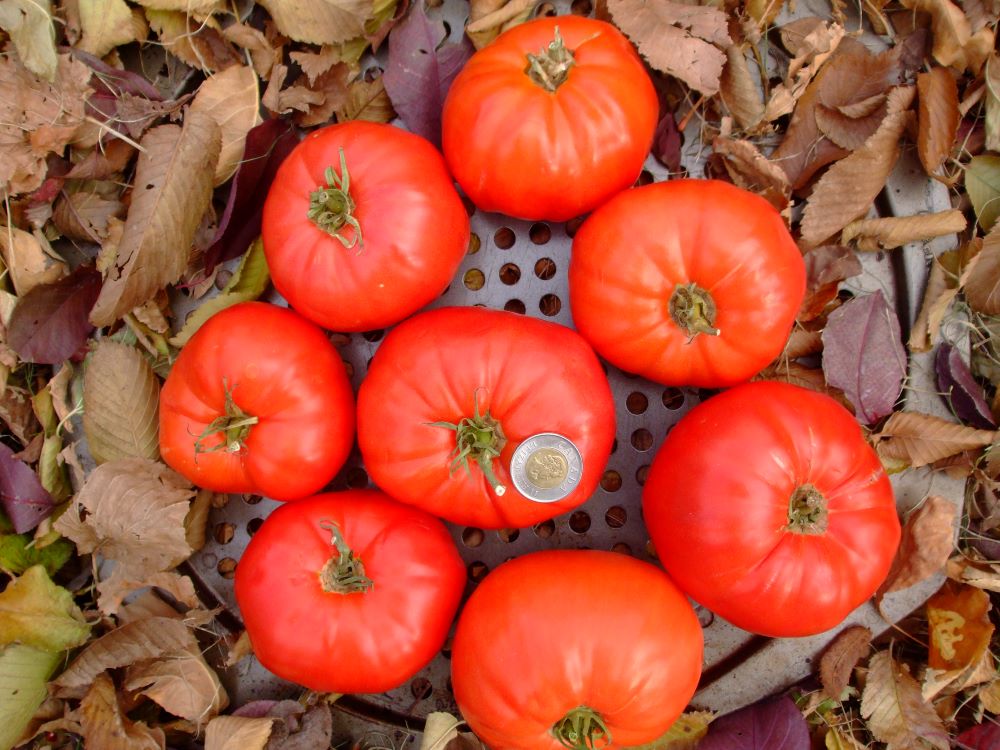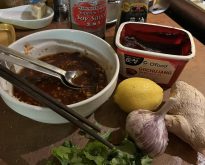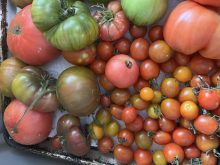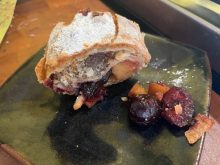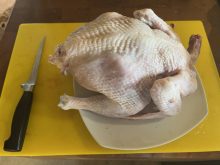The green medicine movement continues to advance. Have you ever given consideration to starting your own home green pharmacy medicine chest? “Your food shall be your medicine and your medicine shall be your food” is a time-honoured statement from the Greek founder of Western medicine, Hippocrates, which is as valid today as it was way back then. What exactly did Hippocrates really have to say about food and health? Further along we’ll find out more, but it would take volumes to tell his entire story.
Have you still got lots of green tomatoes on hand? If so, I’ve got a fried tomato recipe to share on my words bill of fare that is direct from our Canadian West.
If you plant heirloom open-pollinated tomato varieties (not hybrid), you are preserving a true-to-type variety and supporting a worthwhile preservation effort. To save some seed, cut a fully ripe tomato across the middle and not through the stem and blossom end. Clean the seeds and dry them away from direct sunlight. Stir a few times daily to speed the drying process and prevent clumping. Once fully dried, store the tomato seeds in an airtight glass jar with a label showing variety name and date and keep the jar in a cool, dry place.
Read Also
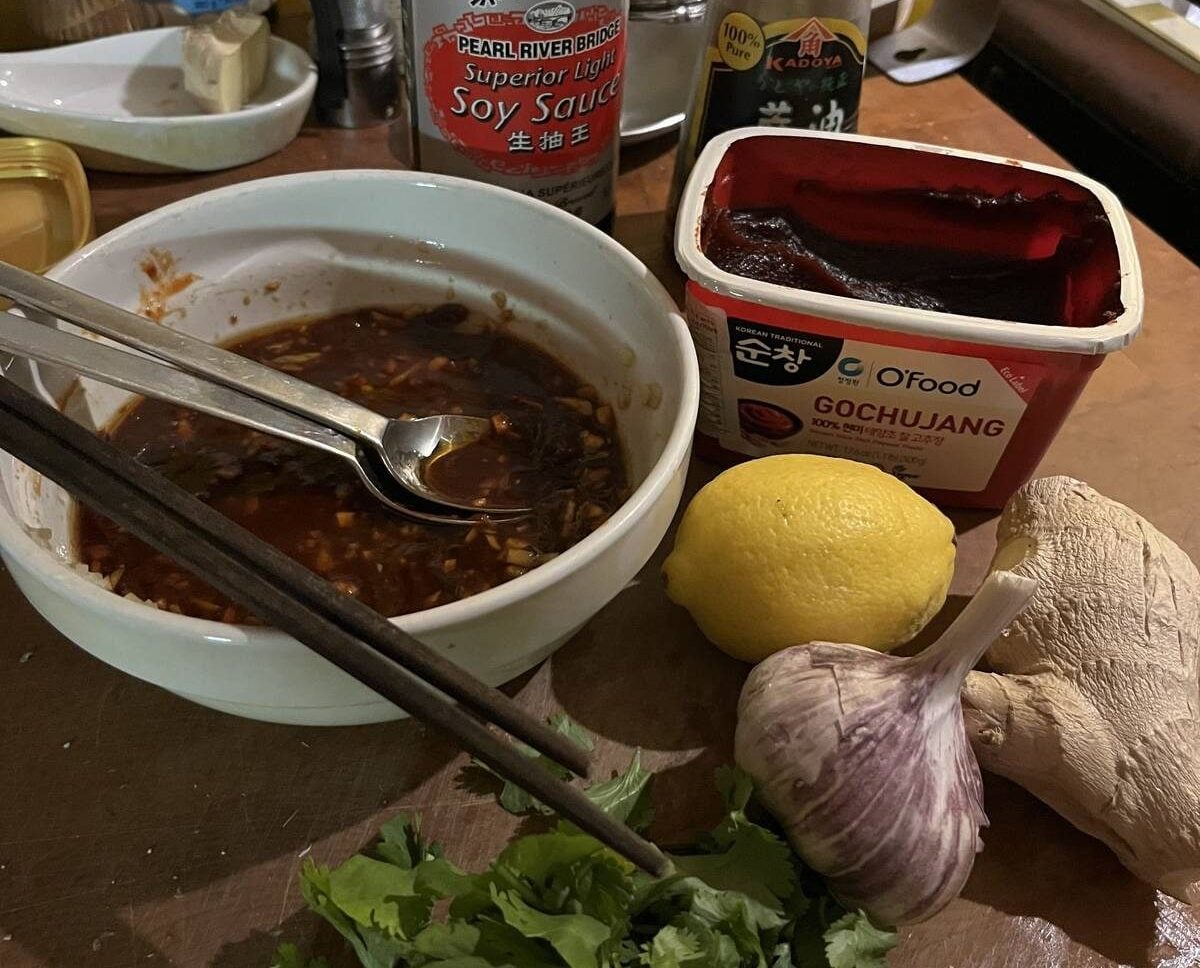
Seasoning for Korea’s culinary wave
Not unlike K-pop, Korean cuisine has become part of the international cultural tidal wave called Hallyu, Saskatchewan chef and writer dee Hobsbawn-Smith says.
By the time you read this Grainews issue, our three days of the Thanksgiving long weekend may well have come and gone. I’ve been doing some personal appearances along with Chris the 120 bass “Accordion Guy.” I have yet to meet an accordionist besides Chris who plays both accordion and keyboards together at the same time, and he does it so well too. I’ve told him how much I appreciate it when he plays “Turkey in the Straw” on his squeezebox. I’m also really thankful there was a turkey in the oven at my place on Thanksgiving Day. A couple of friends who are cooks make super-duper homemade soup from their turkey carcasses. Keep it up guys! And, yes, you can buy commercially made turkey and chicken bone broth at some stores.
I’m a true, red and white flag, patriotic Canadian. In 2017, after the devasting wildfire in Fort McMurray, Alta., I wrote a song with 10 verses, and the ninth verse says:
We stand proud sing O Canada loud,
Yet seldom boast we’ve got the most,
That’s who we are Canadians are,
That’s who we are, that’s who we are.
(Should we be boasting more?)
Hey everybody out there, it’s my tip o’ the hat time. I’ll just imagine many of you are seated comfortably on the front row and tippin’ your hats back to me.

‘Letting food be thy medicine’
The Hippocratic Oath serves as a foundation for the oaths taken by modern medical school graduates. A compilation of writings attributed to Hippocrates presents a rudimentary understanding of how the body works and the nature of disease, providing a lasting legacy of ethical practices and standards, which serves as a moral guide for physicians today.
Historians also rely on a biography of Hippocrates written some 500 years after his death by a Greek physician named Soranus, who extracted and applied information from legend and a collection of medical writing commonly called the Hippocratic Corpus.
Born into a wealthy family, Hippocrates was likely given a solid education before learning medicine from his father and Herodicus, another Greek physician, prior to practicing medicine. Known for teaching as much as for his healing abilities, Hippocrates passed on his medical knowledge to his two sons and started a school for medicine. It was probably here that many of the methods attributed to Hippocrates were developed.
Hippocratic medicine was humble and passive. His therapeutic approach was based on “the healing power of nature” (vis medicatrix naturae in Latin). According to this doctrine, the body contains within itself the power to rebalance and heal itself. Hippocratic therapy focused on simply easing into this natural process. To this end, Hippocrates believed “rest and immobilization” were of capital importance.
In general, Hippocratic medicine was very kind to the patient, emphasizing gentle treatments and cleanliness. For example, only clean water, wine and plants from nature were used on wounds. Other treatments included massage therapy using soothing balms and oils derived from plants and trees to provide therapeutic benefits.
Hippocrates was known as “The Great” concerning his disposition. He was first portrayed as a “kind, dignified, old country doctor” and later described as “stern, forbidding, yet a wise physician of very great intellect and especially practical.” Francis Adams, a 19th-century Scottish medical doctor and translator of Greek medical works, described him as “strictly the physician of experience and common sense.”
In Hippocrates’ time, often the best thing physicians could do was to evaluate an illness and predict its likely progression. Hippocrates was reluctant to administer drugs and did not choose specialized treatments that might prove to be wrong. He offered a generalized diagnosis and prescribed generalized therapy treatments, which included fasting and consuming a mixture of honey, vinegar, steamed vegetables, raw greens and raw fruit. To sum it all up, we can say that Hippocrates advocated and prescribed a form of getting well by “letting food be thy medicine,” but he also knew certain foods could make you sick.
Exercise is nothing new. It was also part of Hippocrates’ advice. He loved going on walks and wrote, “Walking is a natural exercise, more than any other form of physical exercise.” Some current studies maintain walking can be more beneficial than running. Hippocrates considered a stroll after dinner to be very beneficial. “It prevents fattening of the stomach,” he said around 400 BC. Now we daily say an hour of walking a day keeps the doctor away, as does eating an apple a day and eating a slice of raw turnip a day, plus drinking two litres of good quality water. End the day by prioritizing sleep. Aim for seven to nine quality hours a night. It definitely applies in today’s burdened world more than ever.

Fried green tomatoes
Here’s my recipe for fried green tomatoes:
6 large green tomatoes, slicer size
Salt and pepper to suit
3 cups flour
1 cup cream or 1 cup milk
1 tbsp. flour
1 tbsp. butter, melted
½ tsp. salt
¼ tsp. pepper
Slice the green tomatoes, then salt and pepper each slice generously or to suit. Next dip tomato slices in flour until each is thickly covered. Fry slices in deep, hot oil until nicely browned in a skillet, then remove and drain slices on brown paper. Once all tomato slices are fried and finished draining, pour off excess oil from skillet, then add cream or milk to the skillet. Stir in the flour to thicken, then add butter, salt and pepper and stir well. Place the fried tomato slices in a bowl, pour the hot prepared mixture over them and serve at once. Green tomatoes cooked this way are really delicious, served with or without any remaining mixture left in the skillet. Ripe tomatoes can be fried in a similar fashion for a different tomato taste.



